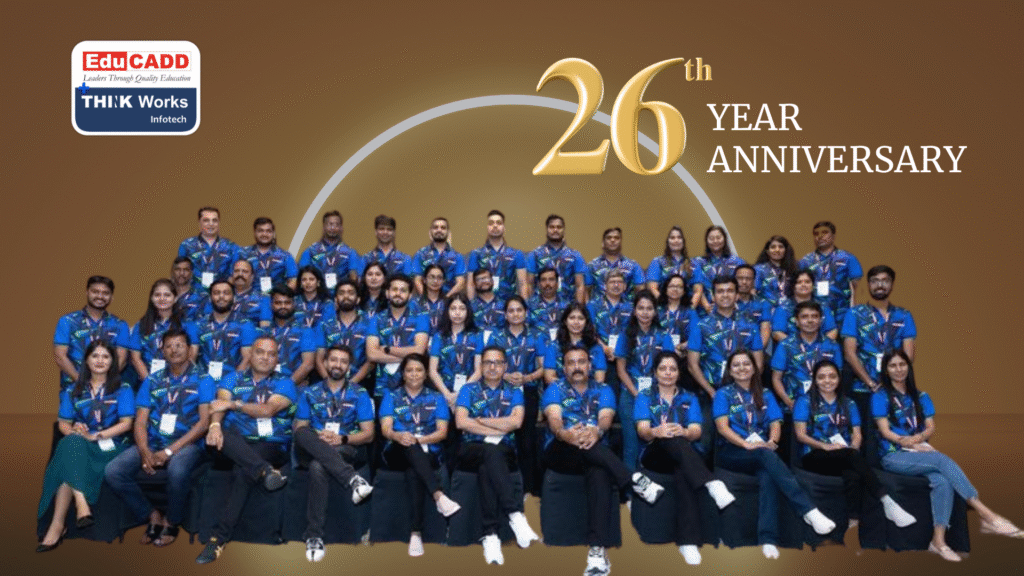Generative AI is revolutionizing the concept of creativity, pushing the boundaries of what machines can achieve in the realm of art, design, and innovation. By harnessing the power of advanced algorithms and deep learning models, generative AI is enabling machines to create original content, from stunning visual art to intricate music compositions and even human-like text, opening up new avenues for artistic expression and problem-solving.
At the core of generative AI is the ability to learn from vast datasets and generate new content that mimics or even transcends human creativity. Unlike traditional AI systems that follow predefined rules, generative models like Generative Adversarial Networks (GANs) and Variational Autoencoders (VAEs) are designed to understand and replicate the nuances of various art forms. This allows them to produce novel works that can surprise, inspire, and challenge human perceptions of creativity.
One of the most significant impacts of generative AI is in the field of visual arts. Artists and designers are now collaborating with AI to create unique pieces that blend human intuition with machine precision. This fusion has given rise to entirely new art forms, where AI-generated images, paintings, and sculptures are being exhibited in galleries and sold at auctions. The ability of AI to generate endless variations of a concept allows artists to explore new creative possibilities, experiment with different styles, and push the limits of their imagination.
- Know the Basics of AI And ML.
- Learn Necessary Technologies & Skills.
- Learn About Machine Learning & Deep Learning.
- Computer Vision & Natural Language Processing Is Must.
- Mathematics & Statistics.
- Knowledge of Programming Languages.
- Enroll in a Training Program.
In music and literature, generative AI is also making its mark. AI-powered tools can compose original music tracks, complete with harmonies and rhythms, or generate text that mimics the style of renowned authors. While some may argue that AI lacks the emotional depth and personal experience that human creators bring to their work, the potential of generative AI lies in its ability to augment human creativity, offering new tools and perspectives that can enhance the creative process.
Beyond the arts, generative AI is unlocking innovation in various industries. In fashion, AI-generated designs are inspiring new trends and enabling personalized clothing. In architecture, AI is helping to create complex, sustainable structures that would be difficult for humans to conceive on their own. Even in fields like drug discovery and product design, generative AI is being used to explore novel solutions that can address real-world challenges.
However, the rise of generative AI also raises important ethical and philosophical questions. As AI becomes more capable of producing content that rivals human creativity, questions about authorship, originality, and the role of human artists in a machine-driven world become increasingly relevant. There is also the risk of AI-generated content being used for malicious purposes, such as creating deepfakes or spreading misinformation.
In conclusion, generative AI represents a transformative force in the world of creativity. By unlocking the potential of artificial creativity, it offers exciting opportunities for innovation and artistic expression while also challenging our understanding of what it means to create. As we continue to explore the possibilities and implications of generative AI, it is essential to balance its benefits with thoughtful consideration of the ethical and societal impacts it may have.



